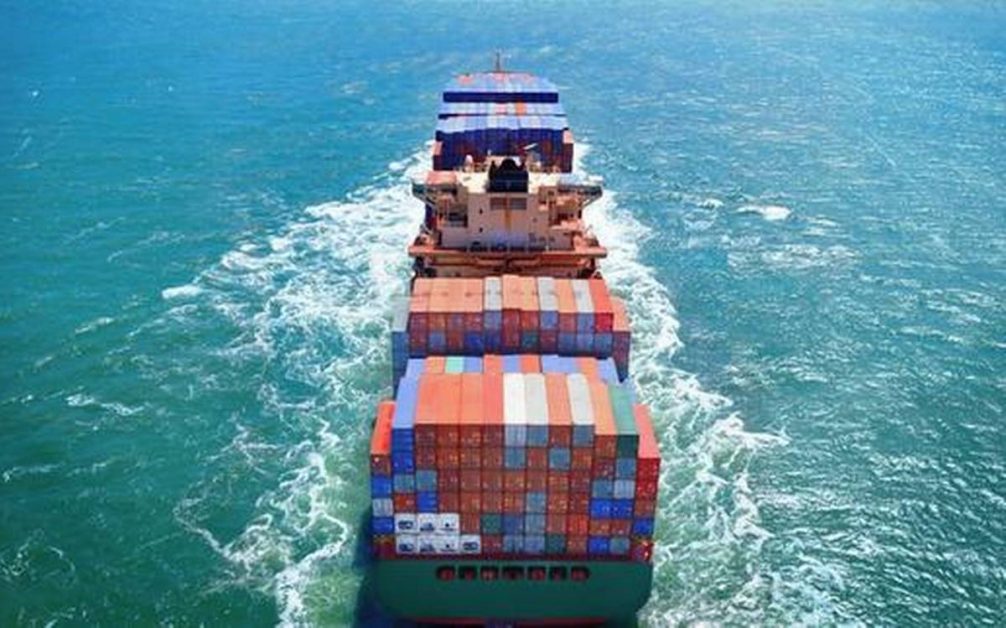More than one in three containers worldwide are being rolled over, amid an unprecedented supply chain challenge hitting the liner community.
Ocean Insights’ latest cargo delay statistics published today show how the container bull run is wreaking havoc on the market, with surging rollover rates across major ports during December and most major carriers seeing increases in delays.
The latest figures from Ocean Insights show that most major ports are seeing elevated levels of rollover cargo from November to December. Rather than cargo flows diminishing in line with historical seasonal precedent, there are growing levels of demand during a period that usually sees a decrease in volumes. Sourcing available containers has become extremely difficult in recent months.
Ocean Insights calculates the rollover ratio for carriers as the percentage of cargo carried by each line globally that left a port on a different vessel than originally scheduled.
“Of the 20 global ports for which Ocean Insights collates data, 75% saw an increase in the levels of rollover cargo in December compared to the previous month. Major transhipment facilities such as Port Klang in Malaysia and Colombo in Sri Lanka recorded 50% or more of cargo delayed, with the world’s largest transhipment hub in Singapore and leading primary ports such as Shanghai and Busan rolling over more than a third of their containers, last month,” said Ocean Insights chief operations officer Josh Brazil.
Industry experts are now warning that the cargo surge could last well into 2021, with a strong likelihood that the prevailing conditions will continue throughout the first half of the year.
Much of the recent concern for rollover cargo has focused on reefer containers. Some ports in China are reported to have run out of power points that are used to supply electricity to reefer containers, jeopardising perishable cargo.
Overall rollover levels increased to 37% month on month in December, averaged across the ports surveyed, which includes facilities in all the major cargo regions of Europe, the US, and Asia as well as less cargo intensive regions such as Latin America. However, Latin America accounts for a significant proportion of the reefer trade with the US, Asia, and Europe.
“The levels of cargo are still rising while the extra loader capacity which has been deployed to meet the raised levels of demand appears to be having little effect,” commented Brazil.
Major ocean shipping companies have also seen an overall increase in rollover values from 35% in November to 37% in December. Three of these lines saw more than 50% of cargo left at the departure port.
2M alliance partners MSC and Maersk managed to stem the rise of rollover cargo month on month, both recording the same level of rollovers in December as in the previous month.

The unparalleled disruptions to the international supply chain experienced over the last year are not caused by one party in the chain; they are the result of sudden and radical changes to the demand for goods due to the impact of the Covid-19 pandemic, liner lobby group, the World Shipping Council, stressed in a release last week.
“The pandemic has severely impacted access to containers and equipment. As inland transportation, port and warehousing operations have been hit by lockdowns, labour shortages and volume overloads, the positioning, use and return of containers within the global supply chain has slowed,” the liner group stated.
According to new analysis from Sea-Intelligence, the dramatic deviation from normal seasonality in 2020 effectively meant that the global supply chain shifted 5m teu from the first half of last year to instead be shipped on top of normal volumes in the second half. Data published last month by Sea-Intelligence showed that one in two liner calls around the world was arriving late, the poorest ever record of schedule reliability since Sea-Intelligence started tracking this dataset in 2011.
Analysis of Copenhagen-based eeSea’s Trade Capacity Index shows carriers are adding tonnage fast this year.
On the three main east/west head hauls, January’s effective capacity is up by 7.6% over the corresponding period in 2020, according to eeSea with almost the same percentage of blank sailings. The data also shows February and March are up by 34% and 17% respectively, partly owing to the lower number of cancellations.
“We see that carriers are snapping up any available charter tonnage,” said Simon Sundboell, eeSea CEO in a recent release. “There is no idle capacity left, carriers are delaying scrapping, and the first new tonnage orders have even been placed.”
Last week, it was reported that over 30 containerships were anchored in San Pedro Bay waiting to unload at the Port of Los Angeles, filling all useable anchorages off LA and Long Beach.
“Chinese manufacturing continues to boom, and US consumers are spending more on imported goods. The spike in import volumes and congestion is expected to last at least through 1Q21, which will continue to remove effective supply from the market and put upward pressure on rates,” a new report from Jefferies posited today.
Source : Splash








